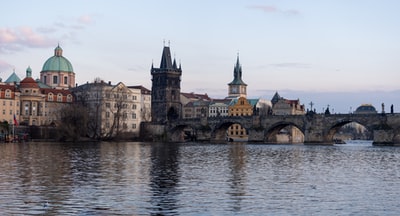Consequences of the 1918 Armistice

The politicians of Germany’s main political parties, who were not in favour of a Communist revolution, arranged to hold an election for a new National Assembly, which took place in January 1919. The Socialist Party (SPD) won the election. Afterwards, the National Assembly met in the town of Weimar in February.
Why Weimar? Well, Berlin was much too dangerous at this time, what with all the revolution going on there. The National Assembly then had two jobs: try and convince the Allies to be nice to them at Versailles, and create a Constitution for a new Germany. They didn’t do either very well.
Enemies of the Weimar Republic
Left and Right Wing Enemies

* The Communists, who in 1918 were called The Spartacus League (look, they can call themselves whatever they want to, okay?), before becoming the Communist Party (KPD). Many German workers in 1919 were very open to Communist ideas, seeing themselves as having been sent off to war by the same people who exploited them at home. In January 1919, Communist supporters started an uprising in Berlin known as the Spartacist Revolt. Later in 1919, bodies similar to the Soviets in Russia were set up across Germany. And in 1920, another group of Communists attempted an armed uprising in the Ruhr region.
* Various Right-Wing groups also opposed the government. A lot of figures from the German military and the old regime were convinced that the only reason that they had lost the War was the protest movements that sprang up in Germany in 1918 and kicked the Kaiser out (this school of thought is known as the Stab in the Back Myth, and has been proven to be totally loopy). They saw Weimar Germany as part of the betrayal of Germany. As the soldiers returned from the trenches, feeling angry and humiliated, they started to form armed groups, known as the Freikorps, as well as various other paramilitary groups. These groups killed over 300 politicians between 1919 and 1923. But when they were caught, they almost always received very short prison sentences, because Germany’s judges were generally loyal to the old regime and therefore sympathetic to the assassins!
The problem for the Weimar Government was that they relied on some of these groups to support them against the Communists, who the right-wingers hated even more than Weimar. For example, Friedrich Ebert, the President of the Republic, had to ask the Freikorps to stop the Spartacist Uprising for him, who went as far as murdering some of the Communist leaders.
